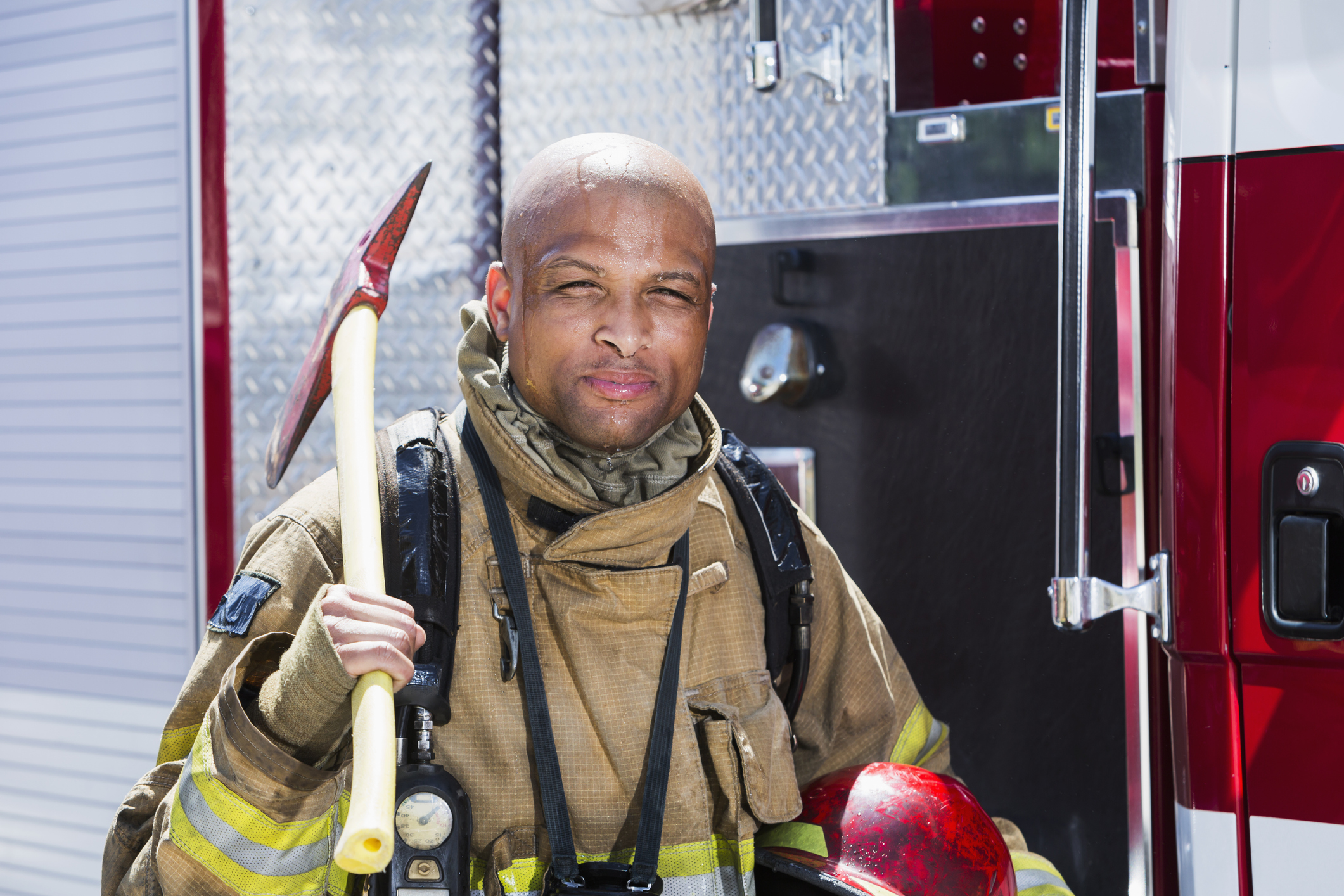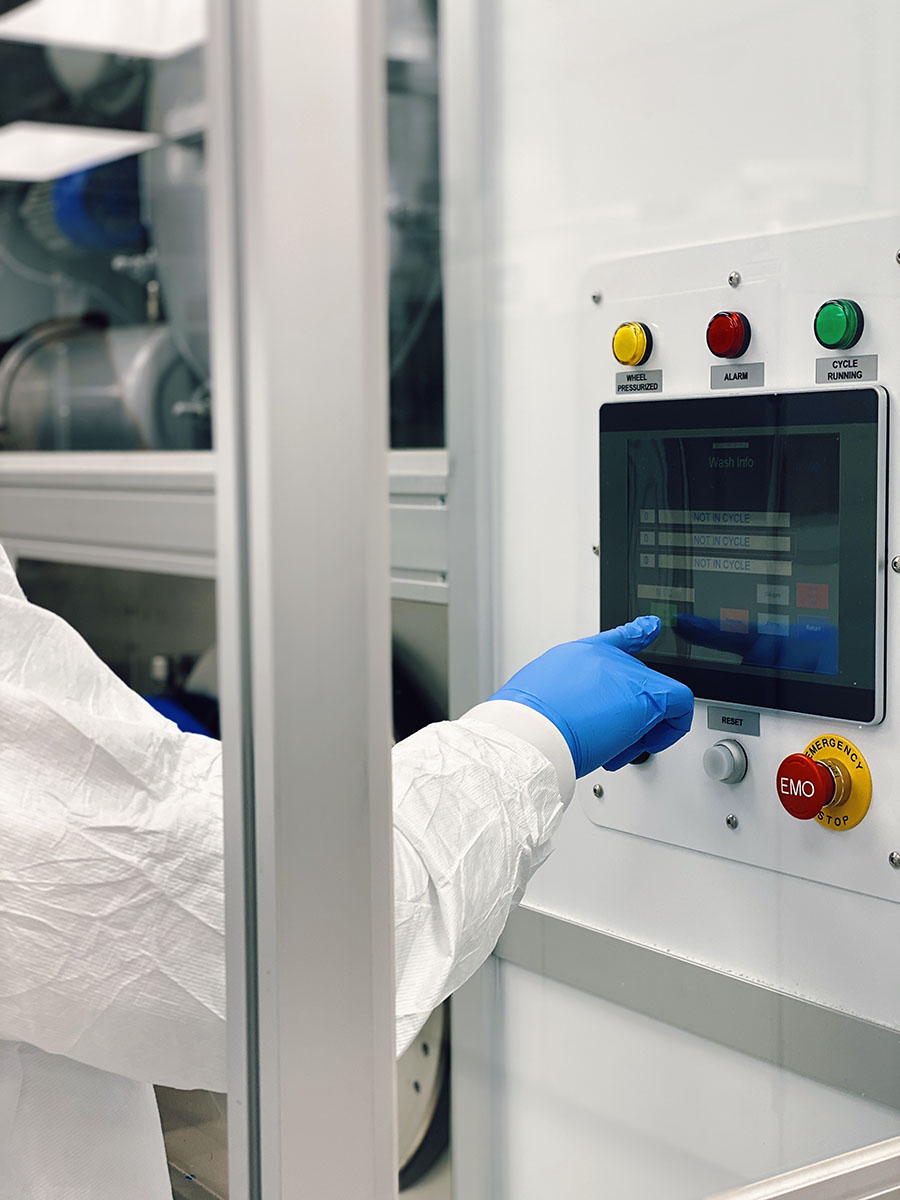By: Emergency Technical Decon Team
Firefighting is physically grueling, high-heat work—and while the flames are visible, one of the most serious threats hides in plain sight. Toxic chemicals, particularly PFAS (per- and polyfluoroalkyl substances), can absorb directly into the skin from contaminated turnout gear, especially when mixed with heat and sweat.
Research and firsthand feedback from the NFPA’s PPE Workshop have spotlighted a concerning reality: when firefighters are active in the heat, their warm, damp skin becomes more permeable—making it significantly easier for chemicals to enter the body. Sweat isn’t just a nuisance on the job; it’s a chemical carrier.
Sweat + Contaminated Gear = Faster Absorption
According to new studies and insights shared at the NFPA meeting, PFAS and similar toxins pass more easily through skin when it’s warm and moist. These conditions are unavoidable on a fireground. One study discussed at the workshop found that PFAS-free gear may absorb more airborne PFAS from the environment than previous gear formulations due to the removal of PFAS-based repellents.
What does this mean for firefighters? That exposure can begin almost immediately—long before decontamination back at the station. Thin-skinned areas like the neck, wrists, and groin are particularly vulnerable and, coincidentally, often the most exposed or poorly sealed.
What Can Firefighters Do Immediately After a Call?
Firefighters can take practical, simple steps to limit chemical absorption during and after incidents:
Perform gross decon on-scene
Rinse gear or use wipes to remove visible soot and particulates before removing PPE.
Doff gear as soon as it’s safe
Keep contaminated gear out of the apparatus and living quarters.
Shower within an hour
Remove contaminants from the skin before they fully absorb.
Change base layers and uniforms immediately
Wearing clean clothing reduces contact time with absorbed toxins.
Clean all PPE components regularly
Not just jackets and pants, but hoods, gloves, helmets, and base layers.
What the NFPA Workshop Taught Us
At the April 2025 NFPA PPE Workshop, experts shared that many departments are struggling with the shift to PFAS-free gear—not just because of contamination concerns but also because the newer materials degrade faster and retain more heat. One major department reported that body temperatures in firefighters wearing new gear ran 10 degrees higher, putting them at greater risk for heat-related cardiac incidents.
The consensus: it’s not enough to remove toxic chemicals from the manufacturing process. Departments must also improve cleaning frequency and methodology to keep exposure low throughout the gear’s lifecycle. Even with gross decontamination practices, PFAS and other chemicals remain embedded in the fibers of turnout gear. Routine, advanced decontamination is the only way to truly reduce exposure risk.
A Timely Reminder: Women’s Health Week and Firefighter Exposure
With National Women’s Health Week observed during the second week of May, it’s timely for us to draw attention to how chemical exposure can impact firefighters differently based on physiology. Studies have shown that endocrine disruptors like PFAS may have unique implications for female firefighters—affecting reproductive health, hormone regulation, and long-term wellness. As the fire service grows more diverse, protecting every firefighter means understanding and addressing these risks head-on.
Bottom Line: Clean Gear Means Safer Firefighters
As the NFPA continues to refine standards and researchers uncover more about how toxins behave in real-world fireground conditions, one thing is clear: firefighter health hinges on more than just what gear is made of. It’s about how that gear is cleaned, stored, and used—call after call.
ETD is proud to be part of the solution, offering scalable, science-backed decontamination systems that reduce exposure from the moment a firefighter suits up to the moment their gear is reset.
Contact us today to learn how Liquid CO2+ cleaning can support your department’s cancer prevention strategy and protect your crew—on the fireground and beyond.



